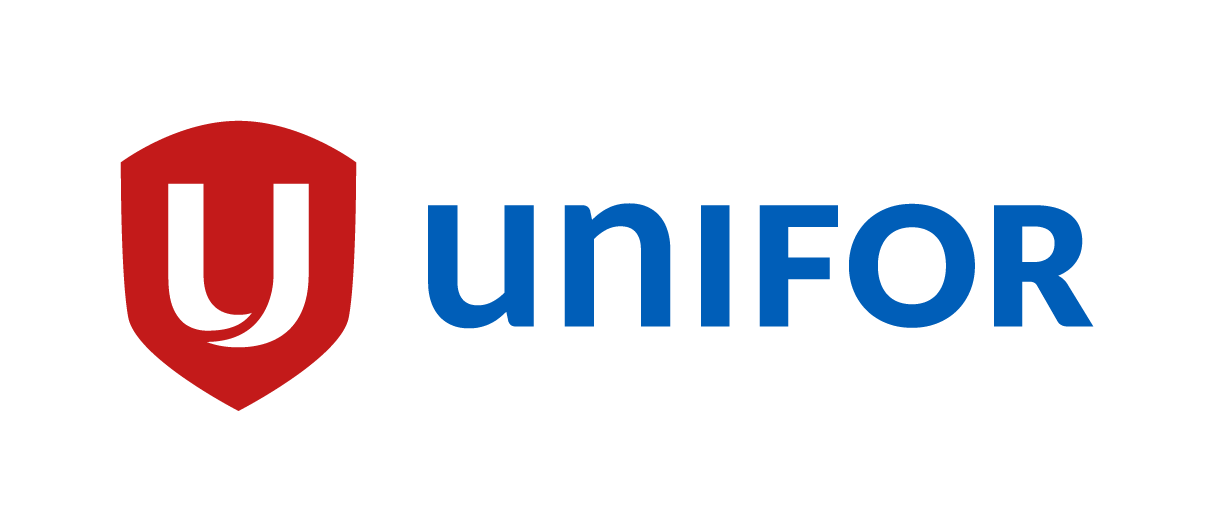Executive Summary
June 2021
The COVID-19 pandemic has taken a devastating toll on the Canadian economy, workers and families. Governments shut down businesses in order to curb the spread of the virus and save lives, leaving millions of laid off workers without income. In March and April of last year alone, Canada lost nearly three (3) million jobs. Naturally, these workers turned to the one government program that was meant to help them during times of economic hardship—Employment Insurance (EI).
However, it soon became evident that Canada’s EI system, characterized by its restrictive eligibility criteria, low benefit rates and significant gaps in coverage, would not provide the safety net that unemployed workers needed.
This fact comes to no surprise for labour and community advocates - those championing fixes to restore EI benefits to protect workers, while modernizing it to reflect the realities of today’s increasingly precarious labour market.
Rebuilding Canada’s social safety net is a key component of building back better. As Canada’s most important counter-cyclical economic stabilizer, permanent solutions and fixes to EI are needed so that workers are better protected during the next economic crisis. Now is the time for meaningful and transformative changes to create an EI system that is fair, accessible and inclusive.
Achieving this will require a fundamental rethinking of the role income security programs play in our society—one that distances itself from the current framework that discourages, restricts and penalizes those seeking help and views benefit recipients as potential cheats.
National income security programs must serve all workers. They must be built on key principles of universality, accessibility, equity, fairness, flexibility, compassion and simplicity—and as the COVID-19 experience has taught us, they need to be both well-funded and there for workers when they need it.
EI needs to return to its roots – an easily understood, accessible and inclusive social benefit program that is based upon the foundation of economic security—not on actuarial principles. The federal government’s recent EI changes has generated much optimism that our EI program will see critical reforms very soon. As Canada’s labour market becomes increasingly precarious and people’s work futures uncertain, the need for a strengthened EI system has never been greater.
Summary of Recommendations
1. Employment Insurance (EI) Eligibility Criteria
- Improve EI accessibility by replacing the Variable Entrance Requirement (VER) with a Standardized Entrance Requirement of 360 hours across Canada and base the qualifying hours and duration for existing claims on the most favourable time period.
- Eliminate all disqualifications for quitting a job to return to school or to attend to family responsibilities and remove the “quit-fire” disqualification.
- Eliminate the allocation of separation payments, including the assignment of severance and termination monies to the front end of an EI claim, and remove social assistance claw backs.
- Ensure Working While on Claim rules do not claw back benefits from the first dollar of earnings, and ensure access to benefits for workers who work multiple part time jobs.
- Work with relevant federal ministries and departments to ensure all migrant workers in Canada have full access to regular and special EI benefits, open work permits and access to permanent immigration status.
- Expand EI benefits to cover longer periods of domestic or sexual violence leave.
- Expand access to EI during labour disputes, including during a lockout.
- Increase the EI tax recovery and claw back threshold.
2. Employment Insurance (EI) Benefits
- Permanently eliminate the one week waiting period during which no benefits are payable.
- Increase duration of benefits to 50 weeks in all regions across the country.
- Extend the duration of EI sickness benefits to 50 weeks, explore ways to create greater flexibility in benefit delivery and incentivize employer-sponsored workplace sick leave programs.
- Eliminate the 50-week limit on combined special benefits and unemployment benefits and extend the reference and benefit period to at least 104 weeks.
- Guarantee a minimum EI benefit floor of $500.
- Increase the income replacement rate to 75% of previous earnings from current 55% and raise the ceiling on insurable earnings.
- Expand the Skills Boost to allow unemployed workers to enrol in educational programs full-time without losing EI benefits.
- Improve the Canada Training Benefit to strengthen lifelong learning.
- Encourage adoption of workplace supplemental unemployment benefit (SUB) plans.
- Expand the EI Work Sharing program.
3. Administration of the Employment Insurance (EI) System
- Renew support for tripartite dialogue between unions, employers and government on matters of EI and labour market transitional supports.
- Prioritize funding for unemployed help centres and institute multi-year core funding.
- Review the financing of the EI program and reinstate federal contributions.
- Return to a tripartite EI board of referees’ model for first-level appeals with the appropriate reporting mechanisms in place.
- Restore regional EI liaison program officers.
4. Other
- Immediately undertake a comprehensive, multi-stakeholder consultation on the expansion of EI coverage, and financing of EI benefits, to include those that are self-employed, freelancers, independent contractors, and “gig” workers.
Read the full policy document entitled Build Back Better: Securing an inclusive, equitable and resilient employment insurance program for workers in Canada here.


